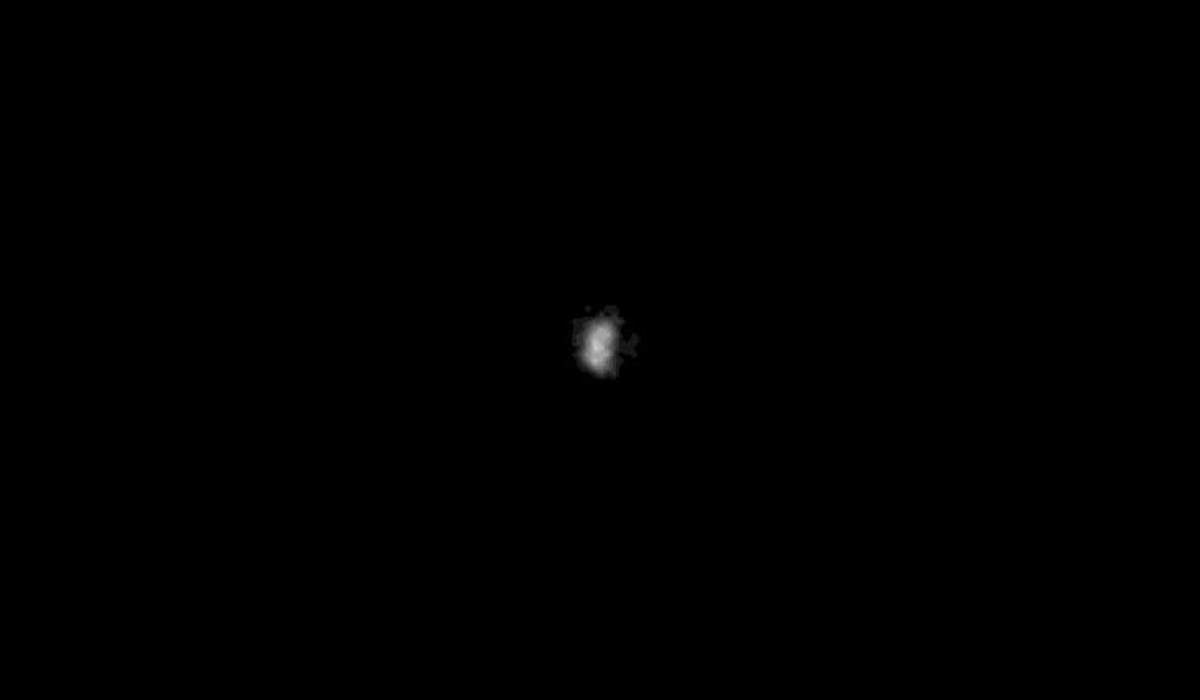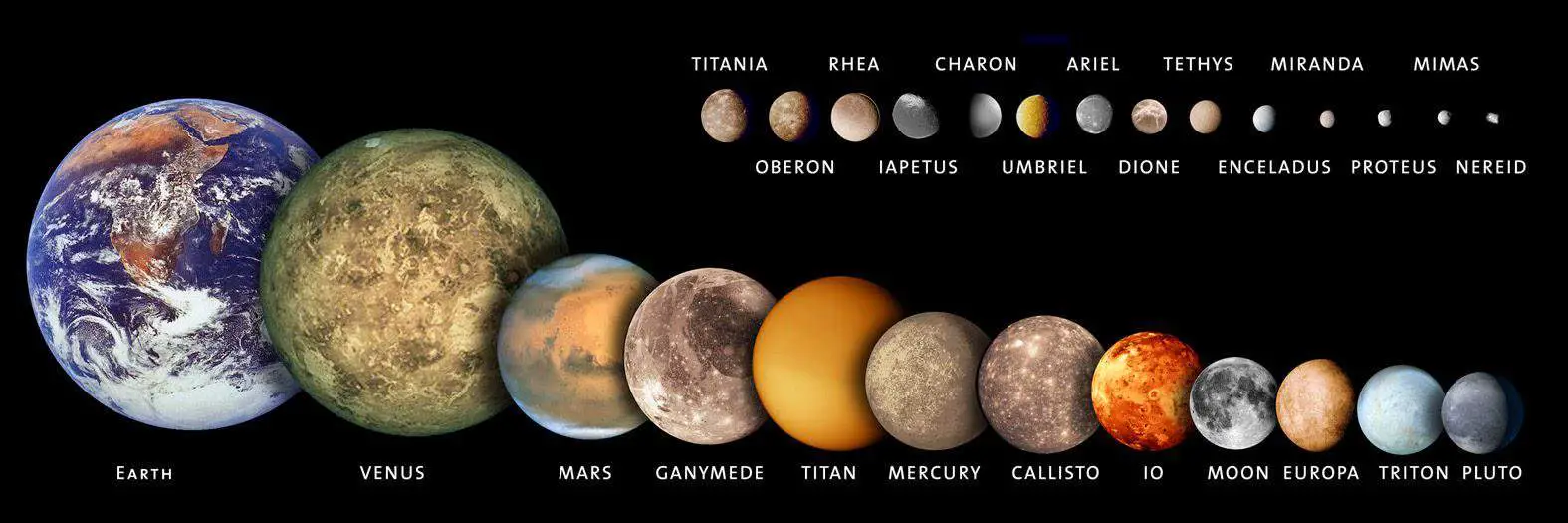On May 1, 1949, Neptune’s Moon Nereid was discovered by the Dutch astronomer and planetary scientist Gerard Kuiper, who is the eponymous namesake of the Kuiper belt. Nereid is also named Neptune II because it is the second moon of Neptune to be discovered. It is also the last satellite of Neptune to be discovered before Voyager 2‘s discoveries in 1989.
Today’s (May 1) story of what happened this day in Science, Technology, Astronomy, and Space Exploration history.
Nereid
Nereid was discovered on May 1, 1949, by Gerard P. Kuiper with a ground-based telescope. It is one of the outermost of Neptune’s known moons and is the third-largest of the gas giant’s satellites. Its mean diameter is 357±13 km (about 220 mi).
Nereid is unique because it has one of the most eccentric orbits of any moon in our solar system. It is so far from Neptune that it requires 360 Earth days to make one orbit. This odd orbit suggests that Nereid may be a captured asteroid or Kuiper Belt object or that it was greatly disturbed during the capture of Neptune’s largest moon Triton.
The only spacecraft to visit Nereid was Voyager 2, which passed it at a distance of 4,700,000 km (2,900,000 mi) between 20 April and 19 August 1989. Voyager 2 obtained 83 images with observation accuracies of 70 km (43 mi) to 800 km (500 mi).

How Nereid Got its Name
Nereid is named after the Nereids, sea-nymphs, in Greek mythology. Its discoverer Gerard Kuiper proposed the name when he reported his discovery.
Sources
- Nereid on the NASA Solar System website
- Nereid (moon) on Wikipedia
- Gerard Kuiper on Wikipedia
- Moon Landings: All-Time List [1966-2025] - February 2, 2025
- What Is Max-Q and Why Is It Important During Rocket Launches? - January 16, 2025
- Top 10 Tallest Rockets Ever Launched [2025 Update] - January 16, 2025

